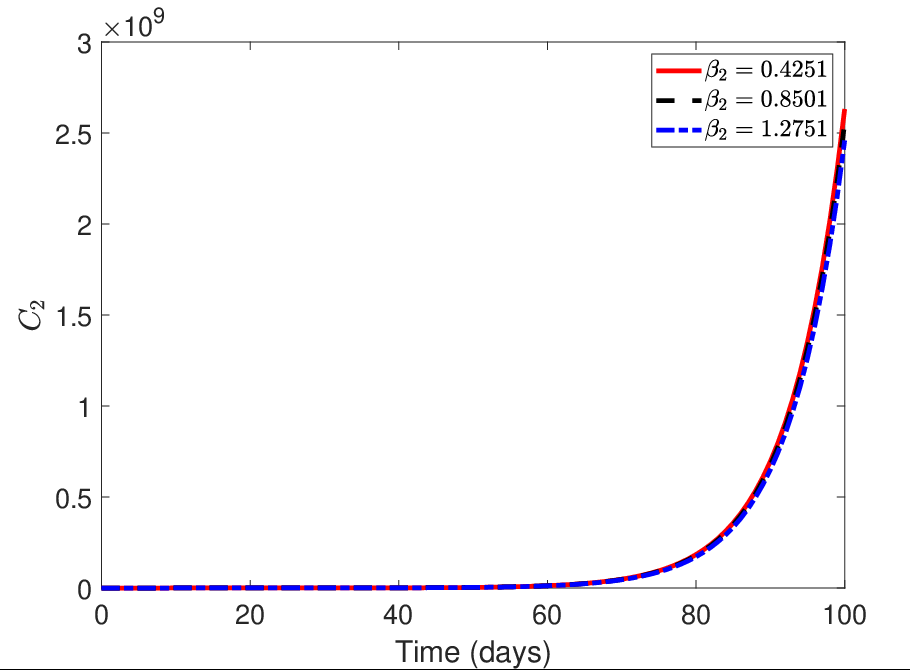Modelling the effect of vaccination on the dynamics of tuberculosis in an age-structured population
Keywords:
Tuberculosis, Age-structured population, Effective reproduction number, VaccinationAbstract
Despite several efforts, Tuberculosis (TB) is still a global leading cause of death. This paper proposed an age-structured deterministic model governing the transmission dynamics and control of TB in the presence of vaccination integrated into the eligible population. Qualitative analysis of the model was carried out to obtain the disease-free equilibrium point of it. The effective reproduction number, Re , of the model was calculated using the next generation matrix method, which offered a numerical indicator of the potential for TB transmission in the age-structured population. Numerical analysis further offers some insightful information about how the key sensitive parameters and the vaccination rate influence the transmission dynamics and control of TB in an age-structured population
settings.

Published
How to Cite
Issue
Section
Copyright (c) 2025 Omowumi Fatimah Lawal, Afeez Abidemi (Author)

This work is licensed under a Creative Commons Attribution 4.0 International License.




